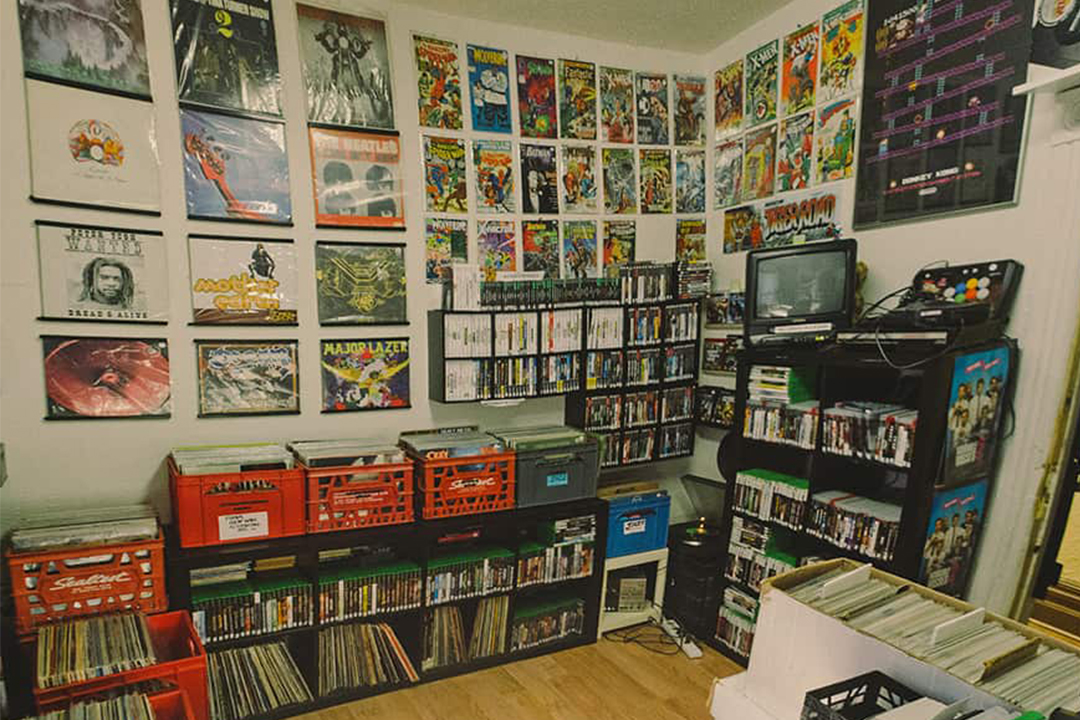The word ‘anemoia’ cannot be found in the Oxford English Dictionary but is defined by digital sources such as The Dictionary of Obscure Sorrows as a nostalgia for a time one has never known.
Anemoia often occurs in relation to historical periods passed. For instance, one may experience anemoia after reading Little Women, or watching a Joe Wright film: suddenly becoming full of longing for a time when people sent letters written with feathered pens that left their hands ink-stained.
The experience is much older than the word which describes it. Anemoia troubled nineteenth-century romantics who reintroduced medieval literature, gothic art, and spirituality to European culture. The Romantic movement was greatly influenced by a nostalgia for pre-industrial Europe, when natural landscapes abounded and people led ‘simpler’ lives.
Today, the internet makes longing for what we don’t have very easy. Developing an identity is difficult enough, and for a generation whose everyday life is overwhelmed with media and whose maturation was interrupted by a pandemic, Gen Z is in an awkward position with itself. This struggle is best reflected by the generation’s obsession with identity: from astrology to online aesthetics, Gen Z is desperate to define itself.
It is no wonder, then, that anemoia can be found underlying some of the trends Gen Z partakes in, many of which take the form of online aesthetics. For example, the fashion represented by the ‘cottagecore’ aesthetic is reminiscent of an eighteenth-century milkmaid, and ‘dark academia’ favours classical and romantic concepts.
However, both aesthetics are subtly anemoic because, although viewers can draw obvious conclusions between them and historical periods, the focus of each aesthetic is not the history itself but the imagery and ideas it inspires.
Yet among Gen Z’s beloved trends, some specifically focus on times in history that the most recent generations have not experienced. One period I have noticed the generation being fascinated by is the 1980s. Since season one of Stranger Things was released in 2016, other series and movies set in the ’80s have been made and become very popular, such as Sex Education (2019) and It (2017). The End of the Fucking World (2017) and I Am Not Okay With This (2020) are set in the modern era but heavily use ’80s aesthetics.
The recreation of the ’80s aesthetic in the entertainment business has been accompanied by ’80s memorabilia: from leg warmers, oversized blazers, and denim-on-denim to vinyl records, film cameras, and fanny packs, it appears as though by wearing the clothes and owning the technology, Gen Z is chasing their own ’80s dream.
Of course, other decades have their popular influence on modern culture. It is notable, however, that ’90s fashion and music have merely maintained a consistent place in this culture, whereas Gen Z’s recent interest in the ’80s has caused a sort of resurgence in lifestyle of the time. So, why the ’80s?
The most obvious answer is that the ’80s represent the last decade that escaped technological integration. Despite having had certain everyday technologies like television or cameras, media did not pervade the lives of young people like it started to in the ’90s with the growing influence of the Internet. Additionally, there was an optimism to the ’80s that cooled down during the ’90s, when brooding became trendy.
As such, for Gen Z, the ’80s might seem like the ideal time to be young. Socialization did not happen digitally, and the optimism of the decade was reflected in the groovy music and colourful fashion. All of this forms an imagined memory in the minds of Gen Z of a time where the world was alive.
In modern culture, where minimalism assumes great popularity, digitality dominates reality, and we’re overexposed to human tragedy, optimism is difficult. In an attempt to escape modern despair, perhaps Gen Z holds onto the ’80s as a hopeful memory of what being human can be like, since being connected and present are states of being we might have to work harder to acquire in today’s isolating conditions. Moreover, the ’80s are a decade that many of us hear our parents reminisce upon, fueling an impression that this ‘simpler’ life was just out of our reach.
Every period in human history has its challenges. It is easy to summarize the past in terms of a perceived simplicity. For instance, the medieval Europe that romantics idealized was maintained by the labour of ever-suffering peasants. However, it is understandable that the past ends up appealing to the given ‘modern age’ because we only know what our modernity has robbed us of: for Gen Z, it might feel like the opportunity to be human in a more connected and present way.
Unfortunately, indulging in ’80s memorabilia and eighteenth-century fashion will not save us from the issues we face in modern society. These fixations become incredibly superficial when we lack the introspection to identify and confront the roots of our dissatisfaction. It is therefore important not to get lost in anemoia and become attached to the impossible. That we live in the now should be our immediate concern. We must recognize anemoia as a symptom of discontent, trace the roots of that deficiency, and find our way toward fulfillment. In doing so, I believe Gen Z will be able to realize and actualize its right to meaning, connection, and individuality.


